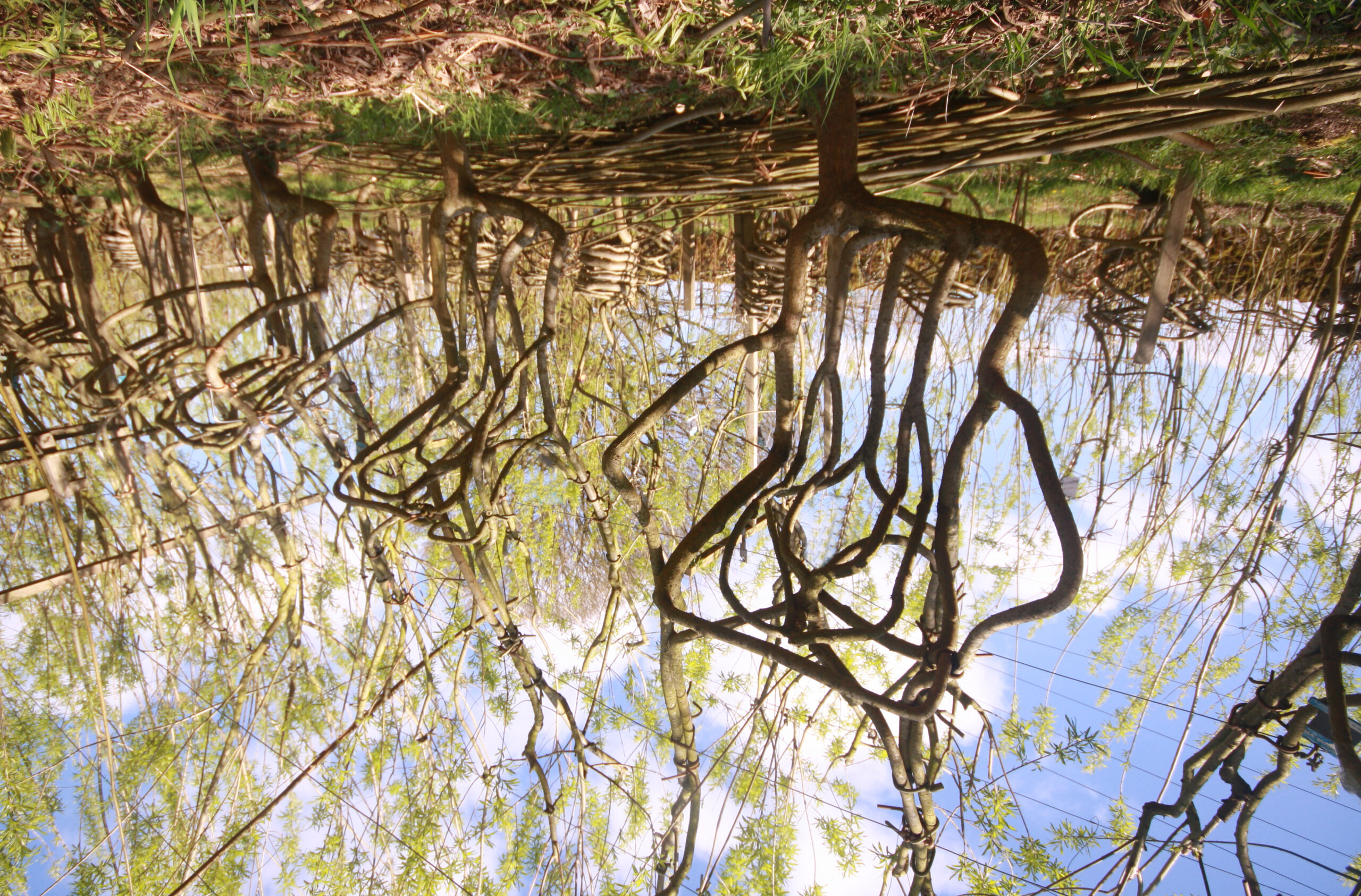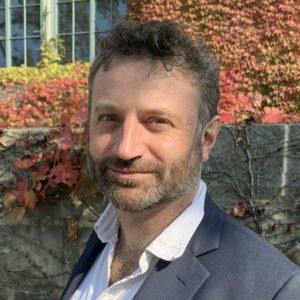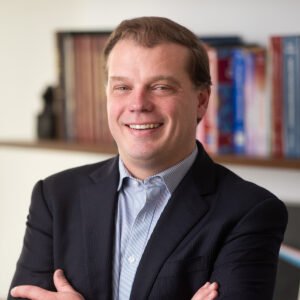Interviews
Interview: Thinking atoms to atoms in Brave Green World
July 23, 2021

Full Grown Chairs (courtesy Gavin Munro, fullgrown.co.uk)
Christopher Forman is the co-author of Brave Green World: How Science Can Save Our Planet, published by The MIT Press. In Brave Green World, Forman and Claire Asher “offer an unblinkered yet realistic and positive vision of a future in which we can combine biology and manufacturing to solve our central problems of waste and pollution.” Forman also is a research associate in the Gianneschi Group at Northwestern University, whose areas of investigation include biomedicine, nanoscopy, and soft matter and biomaterials.
In the second installment of this two-part interview, Nathan Gianneschi interviews Forman about what we can learn from a farm that grows fully-made furniture; how to calculate the real cost of the things we produce; and how machine learning can enable the future of materials discovery and human collaboration. (Part one is here.)
Gianneschi is the Jacob & Rosaline Cohn Professor of Chemistry, Materials Science & Engineering, and Biomedical Engineering at Northwestern, and the Associate Director of the International Institute for Nanotechnology.
Nathan: One of my favorite things in the book was the part about the company, Full Grown, that makes these fantastic chairs.
Chris: Gavin Munro. I love that guy.
Nathan: This chair is growing. They’re folding the chair and they manufacture a chair but it’s made while growing, in situ. I think it’s amazing.

Chris: This guy is an artist. Basically, imagine a whole orchard of trees that are growing around chair shaped formers. He’s got this orchard of chairs. He shapes the trees. He sits down and he thinks quite mathematically. He’s got plans. He knows about how fast things grow and when this bit’s going to reach that bit and when to graft that bit together.
Nathan: He’s farming fully-made furniture. And they look phenomenal.
I love this thing that you said. The solar-powered process needs no electricity, factories, or mills. Emits oxygen as a byproduct, of course. Absorbs carbon dioxide. Creates habitat for birds, bees and wildlife. And there’s nothing bad about this. And it’s a piece of art.
What I find interesting is this last sentence. Each unique chair could last for generations or be recycled, carbon neutral, at any time. You could burn it at any time. It wouldn’t matter because it was made from a tree.
So the vision would be, how do we do that for everything? And not because, I think you ironically point out, it takes only six years. We want be able to do that kind of thing, but really quickly. Or is speed not a problem?
Chris: You have to compare the right things. If you think about how long it takes to make a mobile phone, that can take years when you go from mining the atoms in the ground to a finished product.
Nathan: But we don’t perceive those years in the workflow.
Chris: Right. We need to think “atoms to atoms”. Our mobile phones never go back to atoms. The whole cycling loop is therefore infinite for the moment.
Nathan: And it takes millions of years and it might not even degrade. Fossilized smartphones.
Chris: But when you talk about the mining and going from the atoms in the ground to being into a phone, that can take like four or five years. A lot of that time is sitting around waiting in freeports for the mineral price to be right to move it through national boundaries.
Nathan: For an individual element of the phone, like the rare earths?
Chris: Yes. And when you compare that to IKEA, for example, it takes 40 years to grow a tree in a forest, and then IKEA comes in with huge amounts of metal infrastructure: trucks, mills, chainsaws, all made from metal, all requiring supply chains for the metal to harvest the forest and then chop it up.
Nathan: Humans are using this really high energy solution.
Chris: And whereas this guy, in his forest, he’s got a pair of clippers and that’s it, which he uses to prune stuff. Like one piece of metal in the whole orchard, and it emits Full Grown chairs.

Nathan: So it wouldn’t be a problem that it takes years because you’d be doing this and if we all had the know-how, we could all be growing. We haven’t bought any chairs for our dining table in ten years. So we could have designed it ten years ago and then it wouldn’t be so bad now. And you could have handed it down to your kids and grandkids.
Chris: And you could be growing other components for different things. He does lampshades as well.
Nathan: There is a role, though, for speed. In some cases, in packaging or you need a bucket or something. But you can print that right from recycled plastic. We can do all that today. We just don’t.
Chris: I was chatting to the CEO of a synthetic biology company who suggested that, in their experience, customers don’t want to be involved in creation. They want solutions to be ready made. People think they don’t have time for it.
But I feel it’s probably one of those 80-20 things. If you can build 80 percent of the things, then the last part is just a bit of tweaking, like changing the color in your car model or what bits and bells and whistles do you want on it. That’s the brave green future that I envisage.
Nathan: What’s the next big challenge in nanotechnology that would enable some of the things we’re talking about? What can nanoscience do at the scale of, say, chemistry, material science, or physics that would contribute most to this vision of the future? What can we do today as a research project? What should we aim at? Is it mimicking photosynthetic processes? Which you’ve said we don’t really need to do because it already exists. What can we do to help?
Chris: I’m going back to this idea of information: sequence-controlled polymers. But at the same time, how do you do materials discovery? Linking together lots of different processes. Taking advantage of machine learning, which is in the book — this idea of how do you link materials discovery in different labs, getting lots of people collaborating.
Nathan: Machine learning strategies at optimization, and having those in the machine or in the system.
Chris: Essentially, you’ve got to teach computers how to do chemistry.
Nathan: And have those processes aid us in discovery. I really like this quote in the artificial intelligence algorithms section. This is a quote from Alan Kay. “Some people worry that artificial intelligence will make us feel inferior, but then anybody in his right mind should have an inferiority complex every time he looks at a flower.”
So I think that absolutely nails it. And my experiences with working with people who are experts in this is that they very much want to hear from the chemist and the physicist. Your input is needed because it’s an iterative process of experimentation. Is there a way to get humans out of it totally? I don’t think that’s necessary. Like you said the other day, our brains are already a really great computer.
Chris: Maybe this will change in years to come. But I feel like what humans add is value judgments, about what is a good or a bad thing to do. We don’t always get that right. But we are capable of seeing many paths and finding specific paths through problems.
Nathan: We’re good at recognizing things based on a model that we’ve seen before. You can show a really young child a tennis ball, and say this is a ball, and they’ll recognize another ball in another room somewhere. Different color, different material, completely different size. It could be a red sphere the size of a building. And they’ll say, that’s a ball.
Whereas computers today struggle with that. They have to scan the entire room for the sphere and then model it somehow, whereas we can walk in and map things. So there’s a leap there. Between what we know of how that’s connected to the materials. You point that out really nicely.
Chris: It’s about using that kind of A.I. to give humans control of the materials in their immediate environment.
Nathan: Not by cataloging or scanning everybody’s face on earth, but by genuinely learning about how the world really is.
Brave Green World: How Science Can Save Our Planet is published by The MIT Press.